The Roanoke Mystery, Are We Getting Closer to the Truth?
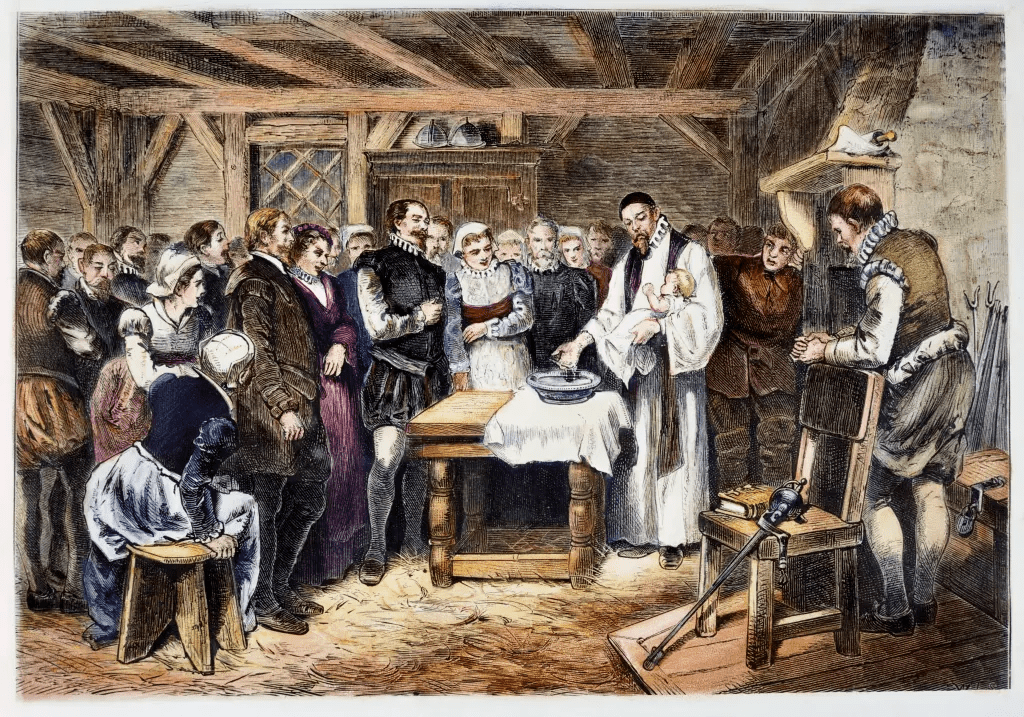
For centuries, the fate of the Lost Colony of Roanoke has been one of the greatest unsolved mysteries in American history. The story of 100 British settlers who vanished without a trace from Roanoke Island in the 16th century has baffled historians, archaeologists, and mystery lovers alike. But now, after years of speculation, it seems that the truth might finally be within reach.
1. What Happened to the Roanoke Settlers?
In 1587, a group of English colonists, led by Governor John White, landed on Roanoke Island off the coast of North Carolina. They were tasked with establishing a permanent English settlement in the New World. However, just three years later, when White returned from England with supplies, the entire colony had disappeared—leaving behind only a single clue: the word “CROATAN” carved into a wooden post.
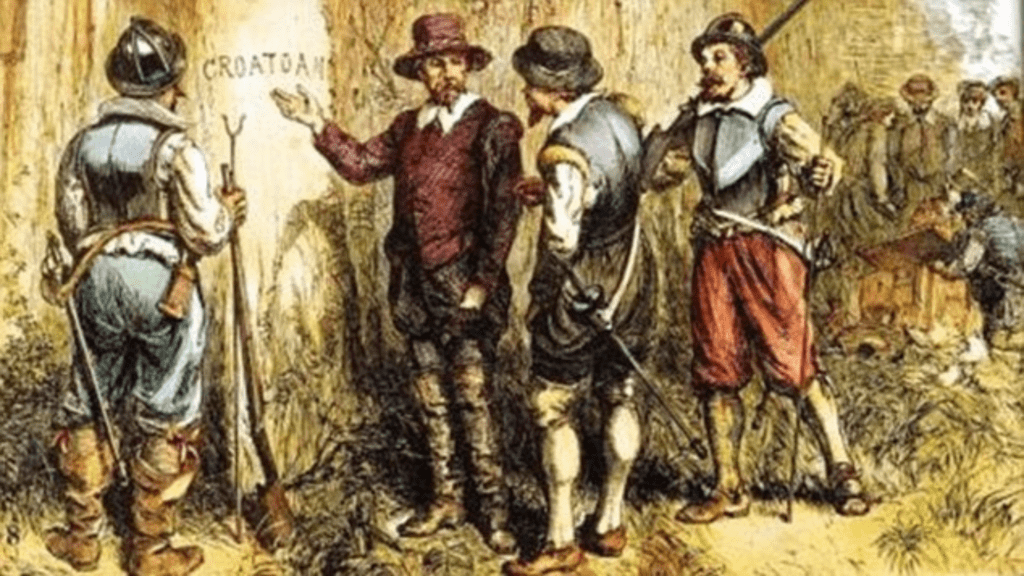
Over the centuries, theories about what happened to the settlers have ranged from disease and massacres to the possibility that they integrated with local Native American tribes. But the disappearance remained unsolved—until a breakthrough in 2012.
2. A Breakthrough Discovery: The Map of John White
The key to unlocking this centuries-old mystery might lie in a map created by John White himself. The map, called La Virginea Pars, was drawn in the 16th century and showed the locations of key landmarks, including the intended sites for future English settlements. For years, this map had been carefully studied, but in 2012, British Museum curators Kim Sloan and Alice Rugheimer made an astonishing discovery.
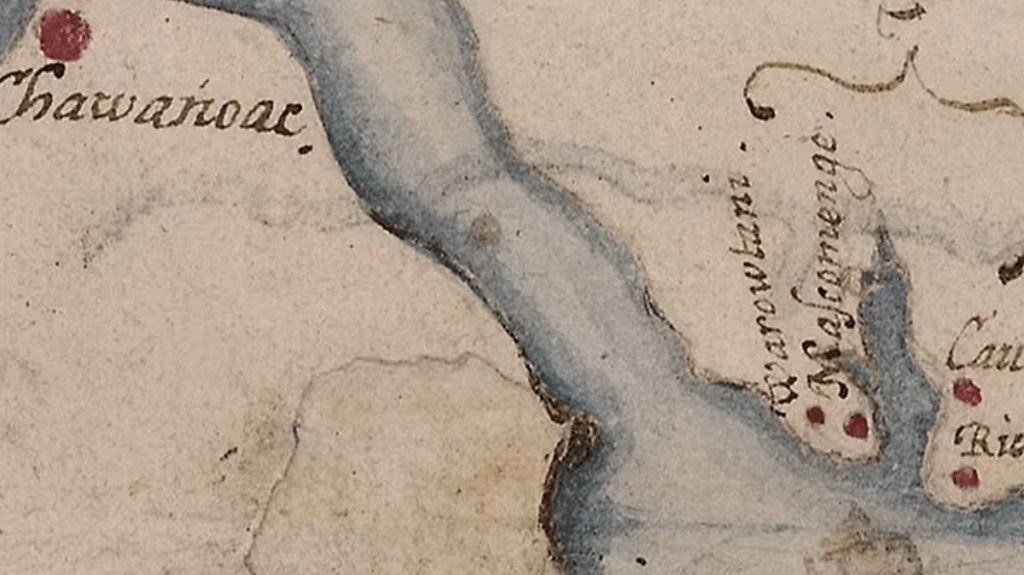
By shining light through the map, they revealed hidden markings that showed the location of what appeared to be a fort. This discovery pointed to a site less than 100 miles from Roanoke Island—now known as Site X—where archaeologists had already uncovered artifacts from the 16th century.
3. Site X: The New Clue
In 2007, archaeologists excavated an area near Albemarle Sound, where they found distinctive English pottery. The artifacts, which were unique to early English settlements, suggested that the site could be connected to the Roanoke colonists. The location, which had never been considered as a possible settlement site, was later named Site X.
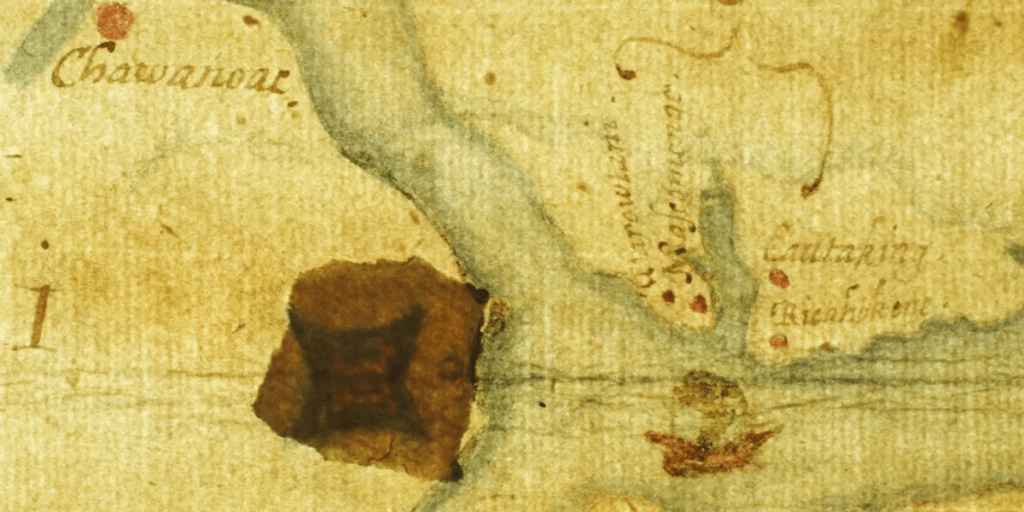
Credits: GB news
Although the site didn’t feature the large, typical settlement structures found at places like Jamestown or Plymouth, it yielded small but telling clues, including a colonial shoelace tip and a tenter hook, which could only have belonged to the Roanoke settlers.
4. The Mystery Deepens: Who Went to Site X?
While Site X doesn’t seem to have been the main location for the entire Roanoke colony, the evidence suggests that some of the settlers may have fled to this site. It’s believed that a small group of colonists, perhaps a family, sought shelter there, possibly asking for help from a Native American tribe called Mettaquem. The discovery of artifacts from both the settlers and the tribe raises the possibility of peaceful interactions between the two groups.
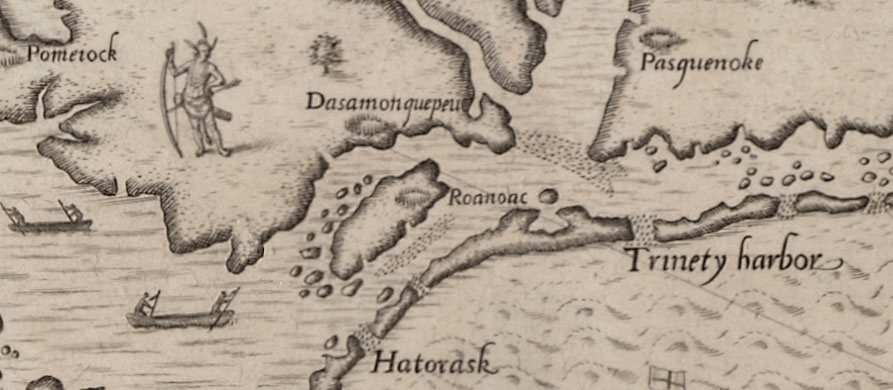
One of the most intriguing pieces of evidence comes from the Dare Stone, discovered in 1937. The stone, said to be written by Eleanor White Dare, the daughter of Governor White, tells the story of how the colonists faced “Misarie” (misery) after they left Roanoke Island. The inscription suggests that at least some of the settlers might have survived for a time after their disappearance.
5. Conclusion: Are We Close to the Truth?
While we may never know the full story of what happened to the Lost Colony of Roanoke, these new discoveries bring us closer than ever to solving the mystery. The clues—hidden maps, pottery, and artifacts—are slowly piecing together a story of survival, struggle, and possibly even hope.
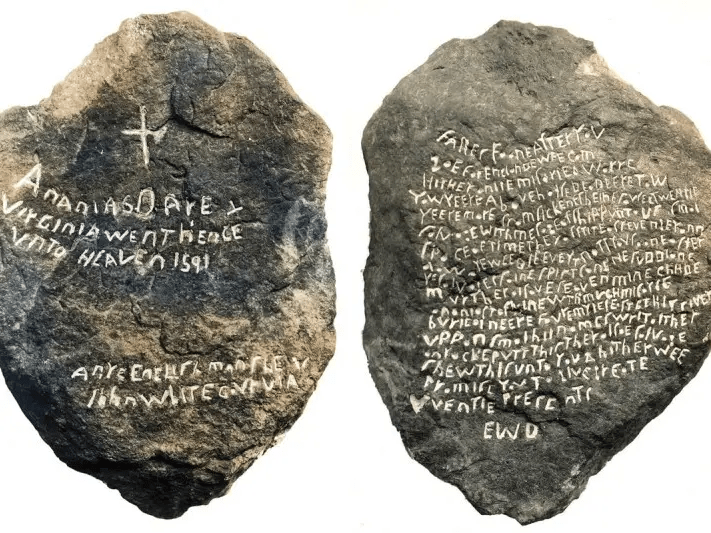
As experts continue to study Site X and other findings, one thing is clear: the mystery of the Lost Colony may not be lost forever. The story of Roanoke may finally be coming to light, offering a glimpse into one of the most captivating chapters in American history.






